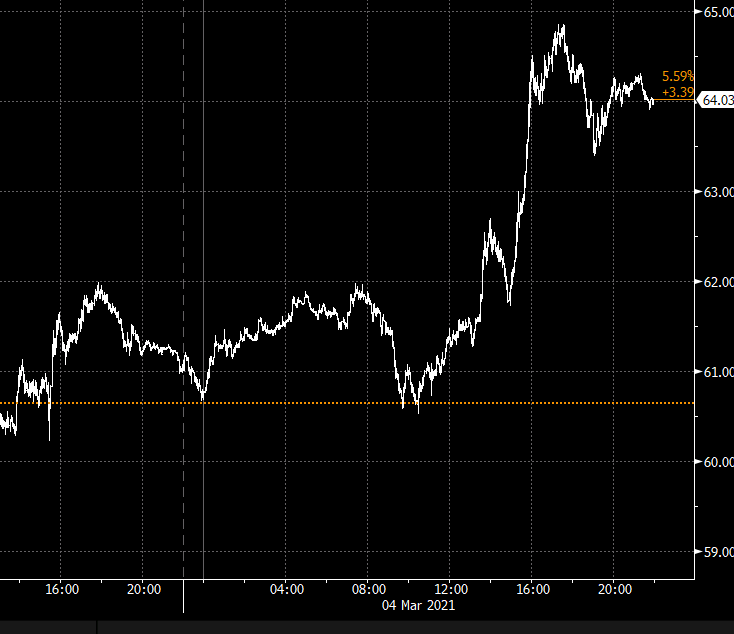Goldman Sachs have boosted forecasts:
- sees Brent crude at $75 / bbl in Q2 and $80 in Q3
- both forecasts raised by $5 / bbl
JP Morgan meanwhile
- Have Brent forecasts at $67 for this year and $74 for 2020
- both forecasts up circa 2 to 3 dollars / bbl
Both citing OPEC+ not expanding supply
Also, UBS Brent H2 $75 and WTI $72

